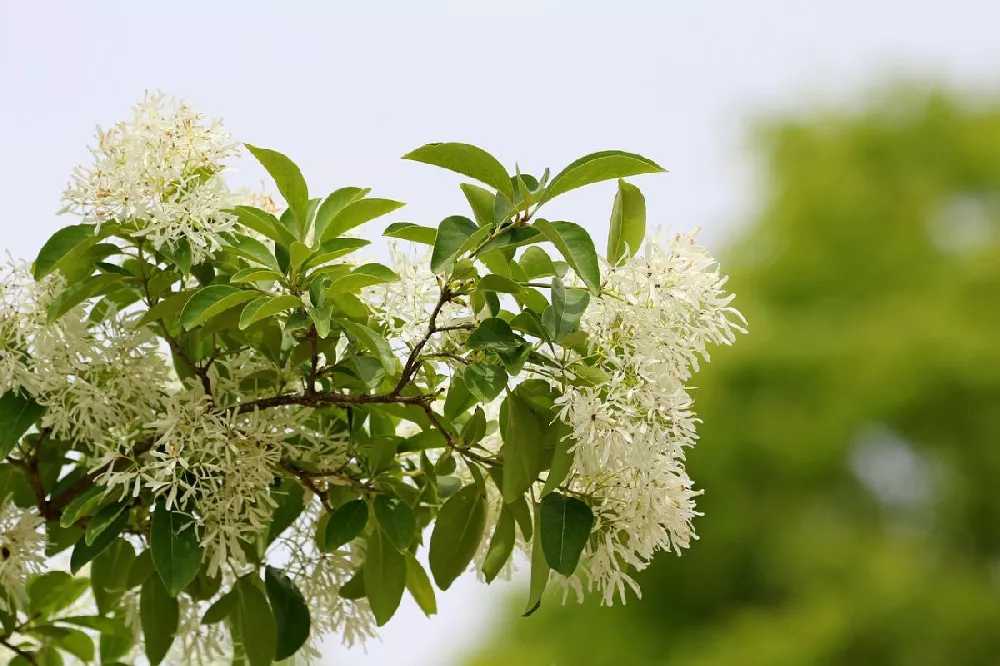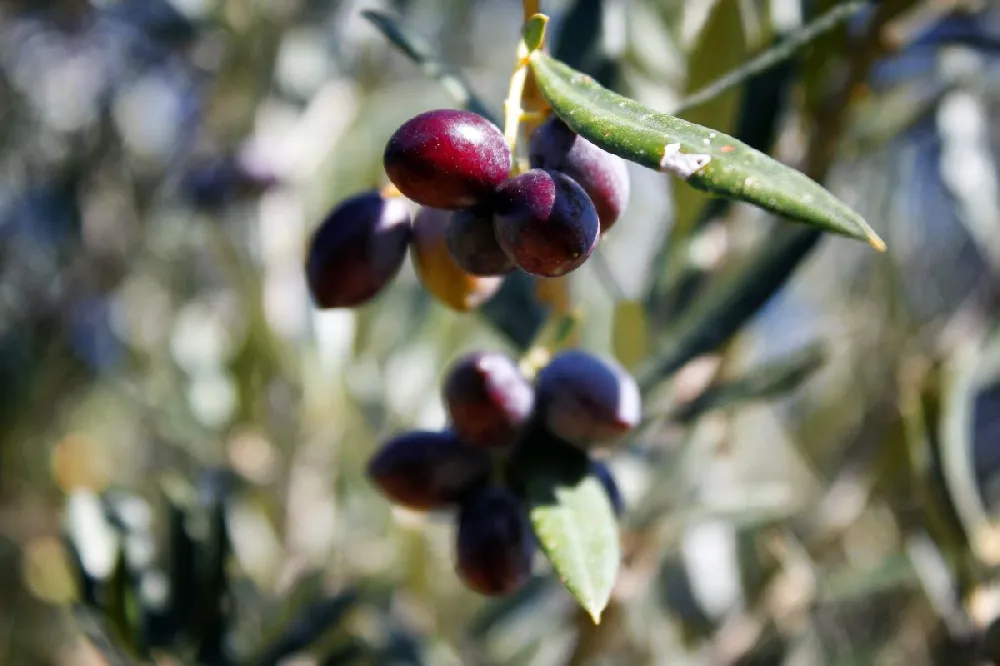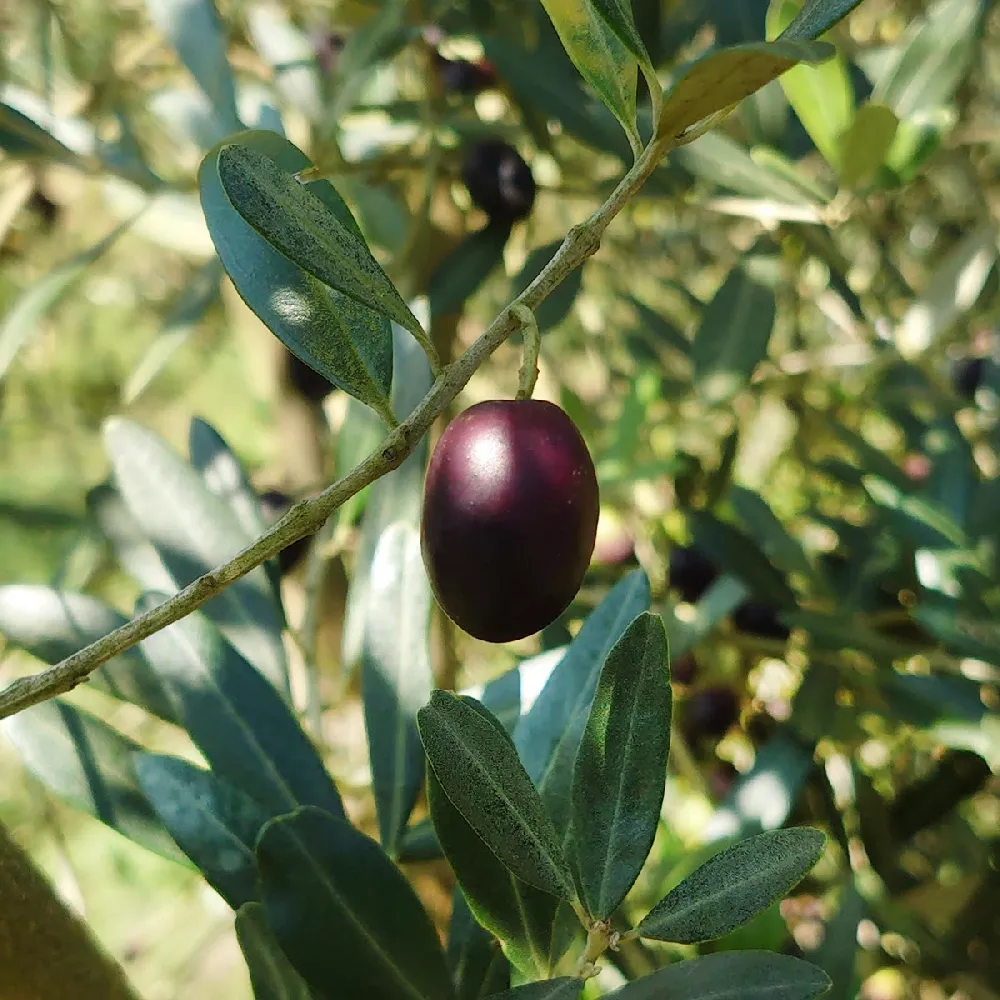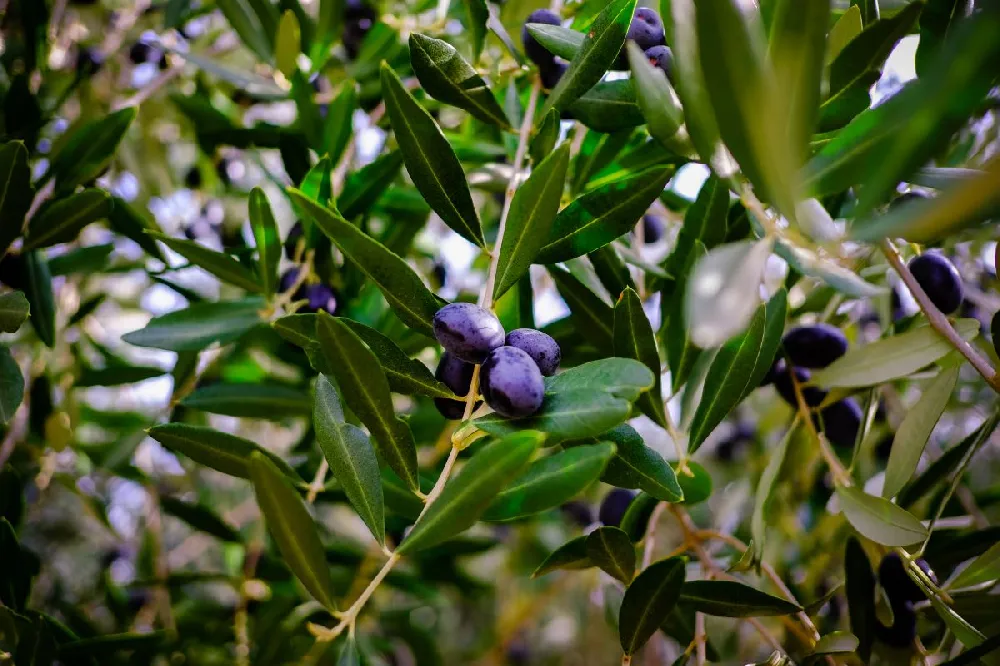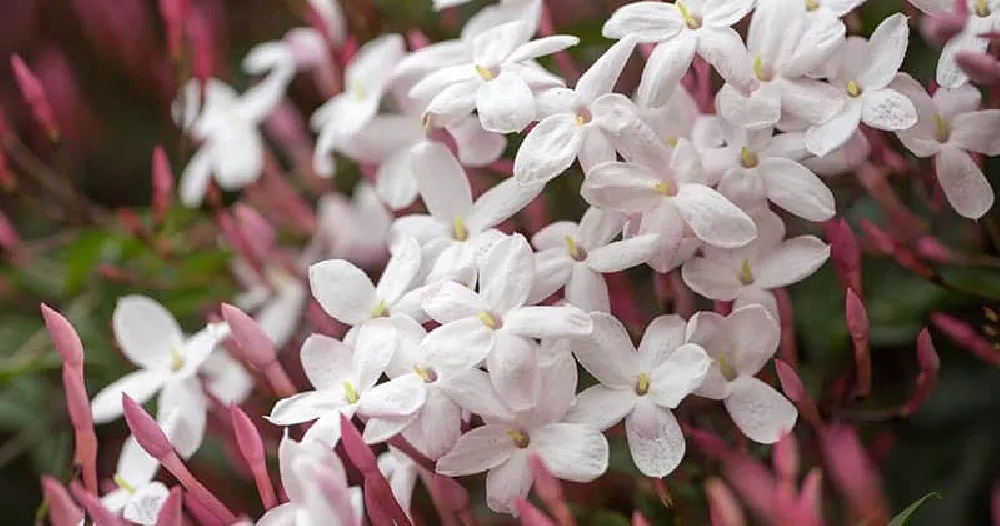- Home >
- Flowers >
- Trees and Plants with White Flowers >
- Chinese Fringe Tree
Chinese Fringe Tree for Sale - Buying & Growing Guide
- Ships in 1-2 days
- 1-Year Warranty Eligible
- Pots or accessories are not included unless specified in the product options.
Shipping Details:
Once your order is shipped, you’ll receive an email with a tracking number and estimated delivery date. Most orders ship immediately, but some items are seasonal and may only ship in spring or fall. These products are noted on the website.
The Chinese Fringe Tree is well known for the many white flowers it produces in mid to late spring that add a lovely texture and fragrance to any garden. Along with those impressive canopy-covering flowers, the growth habit of this species, Chionanthus retuses, is also attractive as it produces a form that is distinct and typically symmetrical, even without pruning. The Chinese Fringe Tree is also a slow-growing species that grows to a manageable mature size, which means you won't need to worry about it overtaking your yard.
- This tree blooms with many white, feathery flowers.
- The form of this tree is naturally neat, upright and symmetrical.
- The Chinese Fringe Tree grows slowly and to a moderate size.
Plant Care
Sunlight

A Chinese Fringe Tree can grow in both full sunlight and partial shade.
Watering
Water this plant about once per week during the growing season. Water multiple times per week during establishment and drought.
Fertilizing

Feed in early spring with an all-purpose fertilizer.
Planting and Care
Planting instructions
Fortunately, the Chinese Fringe Tree is adaptable to a wide range of soils. At times, it can even survive in sand or heavier clay soils, as long as the soil is at least slightly acidic. Likewise, the Chinese Fringe Tree also grows when it receives anywhere from four to eight hours of light per day. To plant this tree, dig a hole that is as deep as the root ball is tall and about double the width of the root ball or more.
Watering and nutrients
The Chinese Fringe Tree needs a regular supply of water throughout its life. During the first few years of establishment, you should water this plant multiple times per week to keep the soil consistently moist. After the tree is established, you can water it about once per week unless there is a significant heatwave or drought. To feed this plant sufficiently, all you’ll need to do is apply a well-balanced fertilizer once per year during early spring.
Pollination
Chinese Fringe Trees can be either male or female, and you’ll need one of each if you are interested in pollination. Typically, this species relies on flying insects to carry the pollen from a male tree to the flowers of a female one. After pollination is successful, the female Chinese Fringe Tree will develop a set of vibrant, dark blue fruits that can serve as a reliable food source for wildlife and are quite attractive as well.
Pruning
The pruning needs of a Chinese Fringe Tree are not very high but performing some regular pruning can improve the health and structure of this tree. It’s best to prune in winter, at which time you should focus on removing any dead, damaged or diseased limbs. You may also use your pruning to decide the overall growth habit the plant will adopt. For example, some gardeners choose to remove the lower limbs of this tree to ensure that it grows with a single main stem rather than in a multi-stemmed habit.
Pests and diseases
Overall, the Chinese Fringe Tree does not often encounter many issues with pests, diseases and animals. This resistance makes this plant’s already simple care routine even easier to follow. However, there remains some possibility that your Chinese Fringe Tree could experience an infestation or an infection. Mites are among the insects most likely to cause an infestation, while powdery mildew and other fungal infections are the most common forms of disease for the Chinese Fringe Tree.
Achieving maximum results
Once the Chinese Fringe Tree has established itself in a new growing location, it will be incredibly durable and easy to care for. However, establishment for this tree can take a few years, which means you should be patient as you care for this plant in the early stages of its development. After about three seasons, your plant should be well established and may even display some drought tolerance. But while mild drought tolerance is possible, keeping up with regular watering is one of the only crucial care tasks for this species.
FAQs
Is the Chinese Fringe Tree messy?
Since the Chinese Fringe Tree is deciduous and produces both flowers and fruits, you might assume it is a messy tree. However, the Chinese Fringe Tree often does not prove to be any messier than any typical deciduous species. The flowers of this tree are quite light, allowing the wind to carry them away. Additionally, the fruits of this plant are so popular with birds that they will often be eaten before they have a chance to fall to the ground.
How large is the Chinese Fringe Tree at maturity?
The Chinese Fringe Tree is a small to medium-sized ornamental tree that reaches about 20 feet tall and 25 feet wide when it is fully mature. However, you can expect this tree to take a relatively long time to reach that size as it is a very slow grower, adding less than a foot of growth during each growing season. That moderate size and slow growth make the Chinese Fringe Tree a great option for those who don't want to do too much pruning.
Are there other types of fringe trees?
The Chinese Fringe Tree is not the only type of fringe tree. Instead, there are many species that belong to the same genius, Chionanthus, and can have the term “fringe tree” as part of their common name. With that said, there are generally two species in this group that are the most popular among gardeners. The first is the Chinese Fringe Tree, which hails from Asia, and the second is Chionanthus virginicus, which is native to North America.
Compare Similar Products
You can't add more Product Name - Product size to the cart.
OK